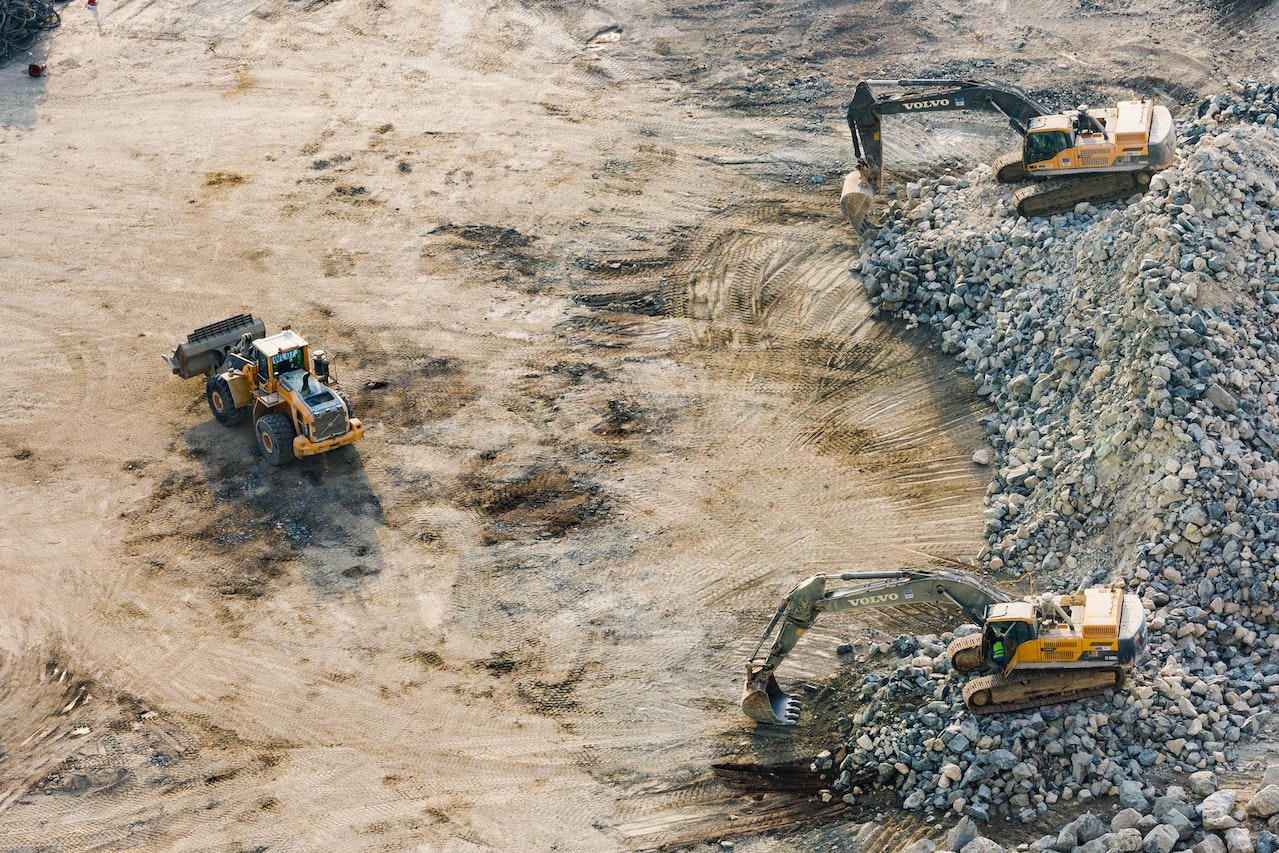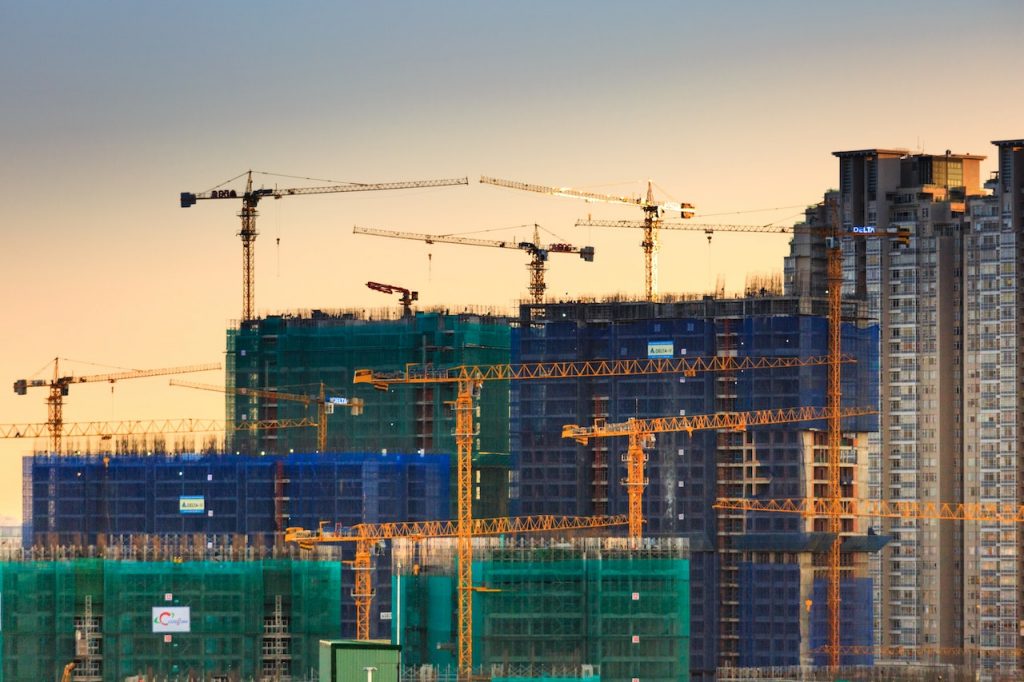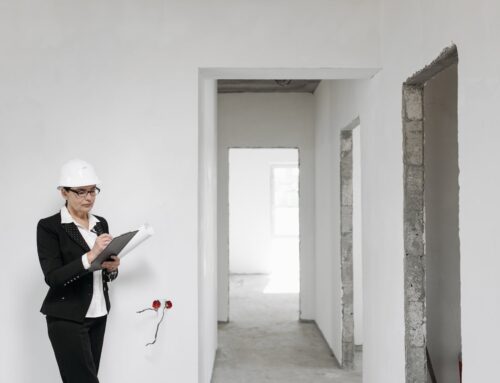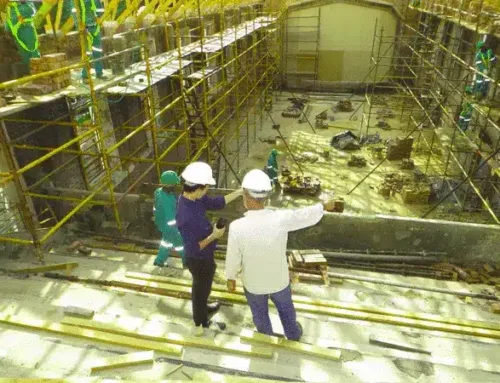A Phase 2 Environmental Site Assessment is a thorough investigation into the potential presence of petroleum products or other hazardous substances at the subsurface level of a site. This assessment isn’t necessary for all sites and will only be required depending on your Phase I Assessment results.
When a Phase I Assessment has revealed the potential presence of hazardous substances, whether through the site’s history or by way of a visual inspection or is found to have a recognized environmental condition (REC), a Phase 2 Assessment must occur.
This assessment will help stakeholders determine whether the subsurface of a site contains hazardous substances and what the likelihood is that these substances have the potential to be released– either into existing or new developments, groundwater, the air, or other concerns.
Related: What Exactly Is a Phase I Environmental Site Assessment?
What’s the Difference Between a Phase I and Phase II Environmental Site Assessment?
A Phase I Assessment is the preliminary stage to determine whether a site is likely to contain the presence of hazardous substances. At this stage, site records will be reviewed to determine whether the site has been used for potentially hazardous purposes in the past.
There will also be a visual inspection of the site to compare it with the original plans. Adjoining properties will also be subject to a visual inspection, and interviews with previous property owners, operators, occupants, and local government officials will be conducted.
If the potential for impacts at the subsurface level or any RECs is discovered or implied, then a Phase II Assessment will take place.
At this point, a more in-depth assessment will take place. Samples of soil and water from the site will be tested for the presence of contaminants and hazardous substances. The lab results will be compared with local, state, and federal regulatory guidelines to see if the site is safe.
A Phase II Assessment may also include evaluating the ecological systems, wetlands, or endangered species to assess whether the land is suitable for use. It may also include an evaluation of the interior of a property to determine the presence of lead, mold, or radon.
At its core, the difference between a Phase I and Phase II assessment lies in the scope of the assessment. The purpose of Phase I is to determine how likely it is that a site contains a hazardous substance. In contrast, Phase II does a more thorough investigation to determine if the site is, in fact, contaminated and whether that contamination has the potential to affect the groundwater, environment, or developments.
What Triggers a Phase II Environmental Site Assessment?
Typically, a Phase II ESA is triggered by the discovery of a Recognized Environment Condition during the Phase I Assessment. A Phase II Assessment will occur if you have significant reason to believe there may be contamination or the presence of hazardous substances on the site and need to verify the level of contamination.
Specific sites will be subject to a Phase II ESA even without seeing the results of a Phase I Assessment. Of course, you still need to perform a Phase I Assessment first, but any site that’s previously contained a gas station, dry cleaners, or hazardous chemical storage tanks will be required to complete a Phase II ESA.
Do you have a plot of commercial land that needs surveying? Visit Millmanland to learn about our drone surveys and other services.
How Long Does a Phase 2 ESA Take?
Completing a Phase 2 ESA can be a lengthy process. Ultimately, if sampling is required, the longest part of this process can be finding a company that can carry out the drilling or other methods necessary to collect the samples.
Usually, you can expect to have samples taken within 14 days of being given notice that a Phase 2 ESA is required. Once samples are taken, the analysis of those samples will take around seven days. Then, a report will be drawn up based on those results.
In most cases, you can expect a Phase 2 ESA to take around four weeks. However, if you manage to contract a company that can deal with the samples quickly, it can be a shorter process.
Related: Commercial Property Inspection Guide
How Much Does a Phase 2 Environmental Study Cost?
A Phase 2 ESA can vary widely in price. The price depends on several factors, including:
- Type of lab analysis required
- Method of sample collected needed
- Whether marking underground utility lines is necessary
- Whether monitoring well is required
- Access to the subsurface
- Overhead constraints
These different factors will play a part in how expensive the study is. On the lower end, you can expect to pay around $5,000. However, a complete Phase 2 ESA can cost upwards of $25,000.
Who Pays For A Phase 2 ESA?
The person responsible for paying for a Phase 2 Environmental Assessment will largely depend on the circumstances. For example, if a current owner of a site is refinancing or changing their development plans, they’ll be expected to cover the total costs.
However, if you’re buying a site from the current owner, the buyer will be expected to pay the bill. Sometimes the costs are deducted from the closing costs of the sale, or the current owner will agree to pay part of the costs. This is something you should discuss with the owner of the property before becoming involved with a deal to buy the site.
What Is The Final Goal of a Phase 2 Assessment?
The ultimate goal of a Phase 2 Assessment is to determine if and to what degree a site is contaminated. After a Phase 2 Assessment, you will either be given the green light to proceed with your plans, or you may need to perform a Phase 3 Assessment. A Phase 3 Assessment will involve more invasive tests to determine the level of contamination and develop a plan to mitigate the environmental impacts.
Related: Everything You Need To Know About Land Use Planning
Summary
A Phase 2 Environmental Assessment is necessary only when the initial Phase I Assessment uncovers evidence of potential contamination, the presence of hazardous substances, or a recognized environmental condition. It’s an important step in the process of determining the usability and liability risks of a site. Completing a Phase 2 Assessment usually takes about a month, and afterward, you’ll have a clearer understanding of how to proceed with the site.
Are you looking for zoning or surveying help with your commercial land plot? Contact Millmanland to learn more about the services we offer and how we can help.









